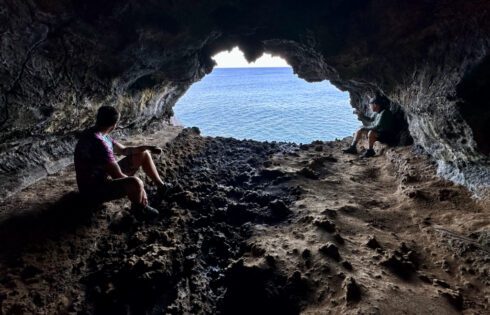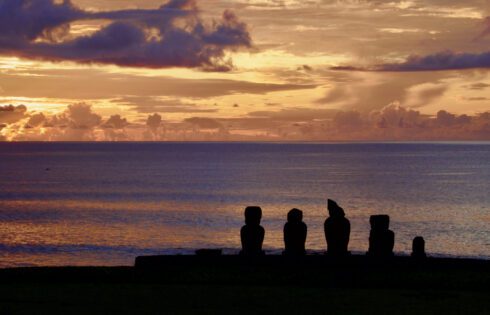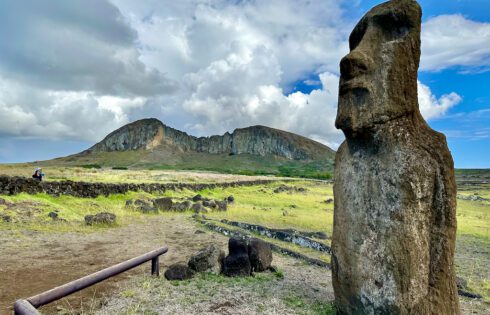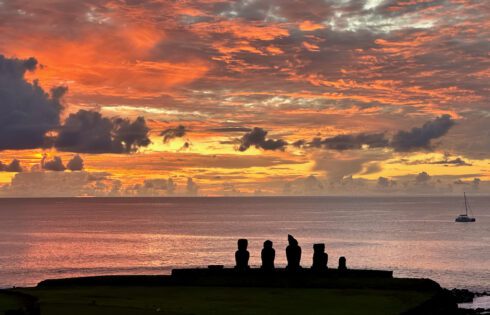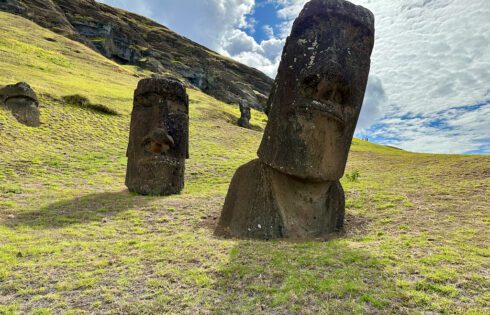
Do the Easter Island Heads Have Bodies? I Visited—and Here’s What I Learned
You’ve probably seen plenty of YouTube thumbnails or blog headers showing a massive Easter Island statue—called a moai—being excavated, with an enormous (and often clearly Photoshopped) stone body “revealed” beneath

